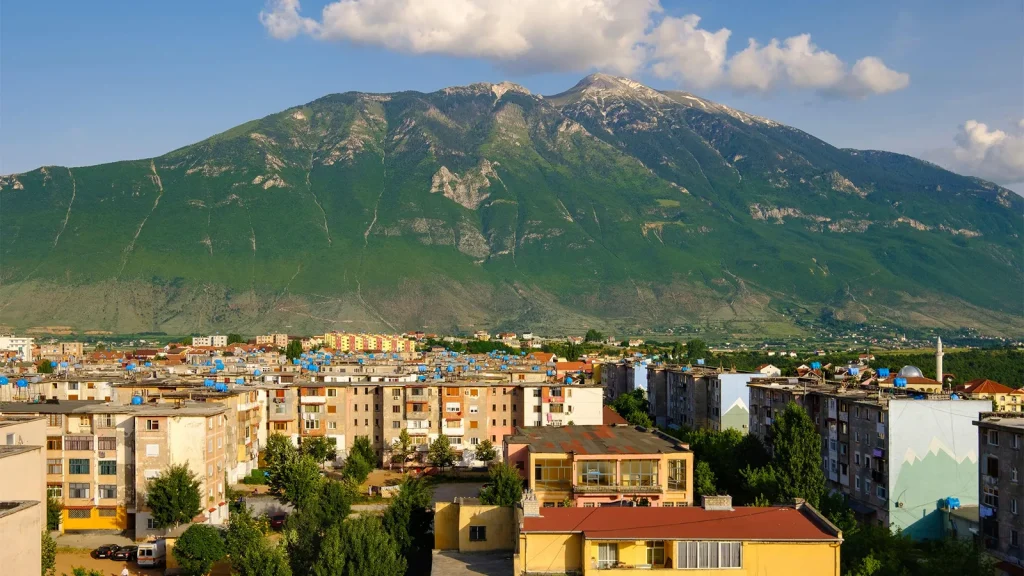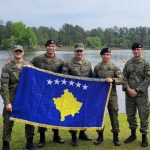At the height of the Kosovo war, this 16,000-person area welcomed more than 400,000 refugees. Now, Kukës is tapping into its unique history of conflict and compassion to lure visitors.
Lush Alida Ismailaj was helping a French reporter cross the border from Albania into Kosovo when a bomb exploded nearby, spraying shrapnel and debris across a road packed with fleeing refugees.”The border was dangerous,” Ismailaj said, recalling how she helped international journalists document the escape of more than 400,000 refugees through her hometown of Kukës, Albania, at the height of the Kosovo war between March and June 1999. “It was mined and bombed. Kukës was the first safe place you could stop.”
Despite having a population of just 16,000, the tiny city, which is 20km from the border, welcomed a staggering number of refugees into homes and makeshift camps. Kukës made headlines worldwide, and in 2000 it became the first city to be nominated for a Nobel Peace Prize. The fame was short-lived. Already dealing with myriad crises after the fall of Albanian communism in 1992, once the Kosovo war ended and the refugees returned home, Kukës experienced an exodus of its own, as 53% of residents left Albania’s poorest city in search of economic opportunities abroad.
Now, as visitor numbers to Albania increase, locals like Ismailaj are hoping that tourism can offer an incentive for the next generation to stay. With Kukës’ brand-new international airport, mountainous hiking trails, communist relics and a heroic tale to tell, residents are turning to their unique history of conflict, resilience and generosity to lure travellers to one of the lesser-known corners of one of Europe’s least-visited nations.
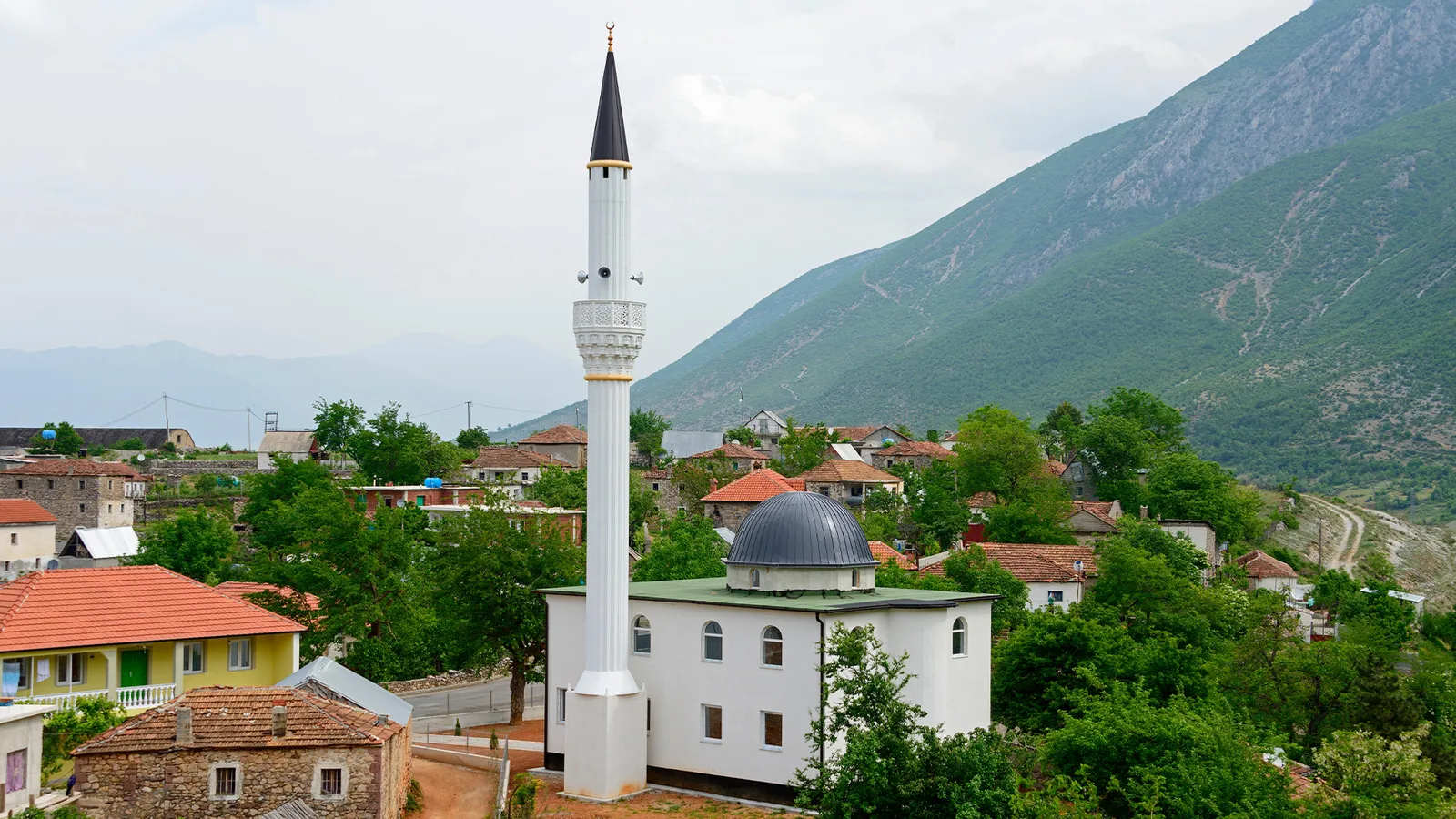

Located at the confluence of the White and Black Drin rivers in north-eastern Albania, Kukës’ uniform apartment blocks are overshadowed by the snow-capped mountain peak of Gjallica. A 20-minute drive east through mountain passes brings you to Kosovo, where Albanian-Kosovars fought for independence during the last stages of the collapse of Yugoslavia in 1999.
Bujar Kovaci, a part-time tour guide, knows all too well the hardships endured in a borderland fraught with danger. “I am a [landmine] survivor,” he said when we met outside Hotel Gjallica in the centre of Kukës. “I’m very lucky that I’m alive today.”
Kovaci was just 10 years old when he picked up a landmine while playing in the countryside near the border. Not knowing what it was, he hit the casing with a rock and it exploded. His family rushed him to the hospital in Kukës, and he awoke two weeks later, his left eye sightless and his right arm missing from the elbow down.
“In 1999 there were so many accidents here,” he said. In all, 120km along the Albania-Kosovo border was heavily mined with explosives. “For years after, they were still clearing the mines…. many were injured like me.”
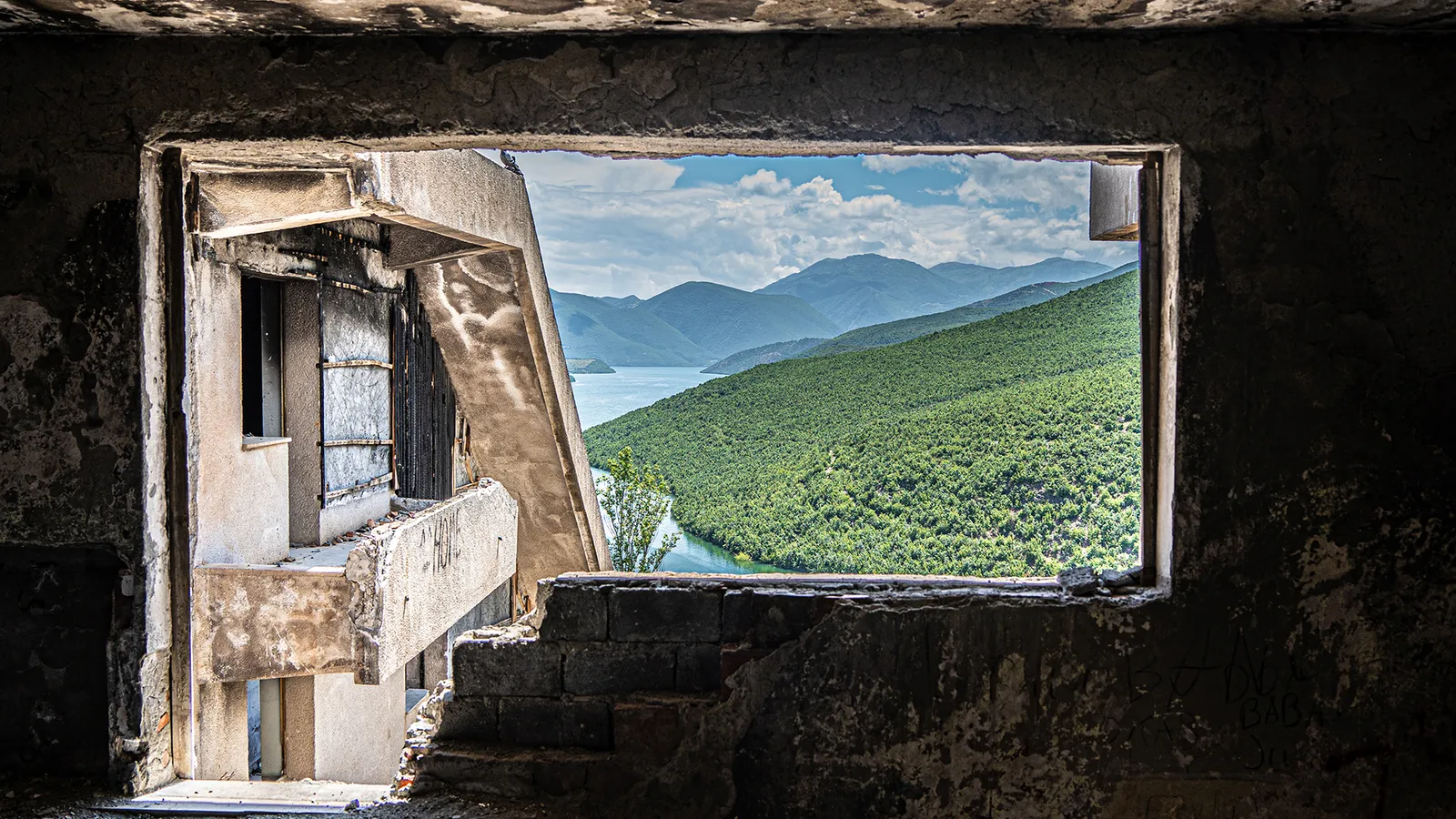

With the help of local outfitter Albanian Trip, Kovaci is now developing tours to showcase the history and culture of Kukës, as well as the surrounding mountain passes, hiking trails, waterfalls and villages. His tours don’t shy away from Kukës’ turbulent past, and profits are invested back into a local association that supports landmine victims. Kovaci hopes that if he can entice tourists to this seldom-visited part of Europe, he can not only help others injured by unexploded bombs, but also help incentivise people to stay and preserve Kukës’ local culture in the face of economic migration.
As the Nobel nomination showed, Kukës residents are accustomed to welcoming visitors – something I began to understand when we stopped outside a tower in Kukës’ main square, which serves as a memorial to those who sought shelter here in 1999 and houses a small ethnographic museum. Kovaci explained how Kukës managed to host hundreds of thousands of refugees by families opening up their homes to an astonishing 90,000 people, while also setting up tents and tarpaulins all around its square, along the river banks and in the surrounding fields.
Until the city’s unexpected bout of fame in 2000, history, like the waters of Drin rivers, had seemingly passed Kukës by for centuries. Founded by the ancient Illyrians, Kukës was a far-flung territory of the Roman, Byzantine and then Ottoman empires until Albania became an independent nation in 1912. After World War Two, people watched as ethnic Albanians in Kosovo were absorbed into the Socialist Federal Republic of Yugoslavia, while Kukës found itself on the frontier of Albanian prime minister Enver Hoxha’s increasingly paranoid communist dictatorship.
Hoxha ruled Albania with an iron fist, building a vast network of underground tunnels and bunkers across the nation. Yet, those below Kukës, which were started in the 1970s and extend for some 7km beneath the city, are the largest in Albania, with enough space to shelter Kukës’ entire population of in the event of war. The tunnels are still there, and Afrim Cenaj, whose father served below ground as an officer in the Albanian army in the 1980s, now leads tours into what locals call the “underground city”.
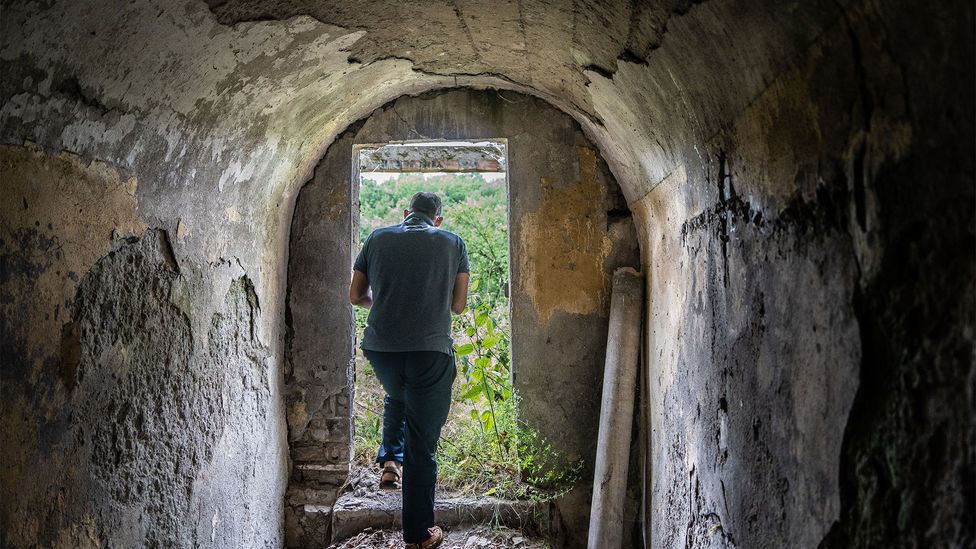

Locals now tours of the region’s many underground tunnels and mountain villages (Credit: Richard Collett)
Accessing one of the many hidden entrances dotted across Kukës, Cenaj guided me through a labyrinthine of dark passageways, occasionally lit by ventilation shafts and home to endless concrete shelters that now lie abandoned. Cenaj believes that communist relics like this will draw tourists to Kukës, and he’s trying to secure a loan to turn an old barracks block above one of the secret entrances into a guesthouse. “My father once guarded this place,” he said when we finally emerged into the sunlight. “And now I want to preserve it.”
Communist history abounds in Kukës, and the next day I met Ismailaj outside the headquarters of Radio Kukesi, where a giant communist relief depicting a heroic worker waving the Albanian flag adorned the entrance. Ismailaj is now a rock DJ, and she gave me a tour of the radio station and its small museum that was packed with dusty broadcasting equipment from a bygone era.
Radio Kukesi was founded by Hoxha’s regime as a propaganda outlet and its reporters found themselves on the front lines of the Kosovo war in 1999. Photographs of refugees and UN relief convoys were pinned to the walls of the museum. Faded letters sent to Radio Kukesi by those fleeing the conflict showed how the names of people who’d made it to safety were broadcast back into Kosovo, letting their loved ones know they were alive.
“The first night of the exodus we hosted 13,000 refugees in Kukës,” said Ismailaj, explaining that people were even sleeping on the floor of the radio station. “This moment of history made Kukës so important that the world’s media came here, reporting on the small town welcoming hundreds of thousands of refugees.”
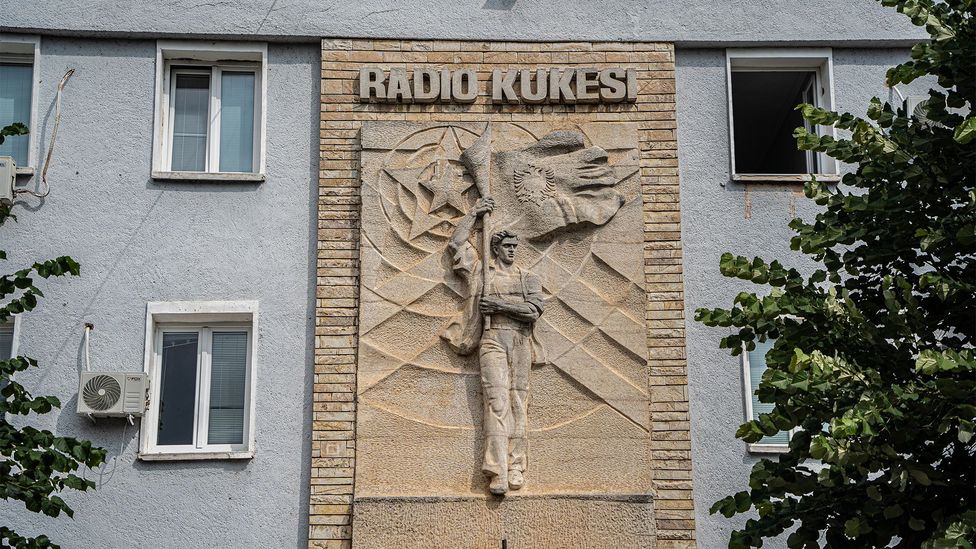

The headquarters of Radio Kukesi houses a small museum filled with letters and photographs from the Kosovo war (Credit: Richard Collett)
While Kukës’ Nobel nomination was historic, Ismailaj wonders if more residents would have felt compelled to stay had they won. “Maybe today, if we were a Nobel Peace Prize winner, we would have had more investment, more attention from NGOs.”
Everyone I met in Kukës has friends and family working abroad, which is the primary reason why a new airport, which opened in 2022, now connects it to several major European cities. But it is also facilitating tourism, which in turn, is creating incentives for the next generation to stay. “Most of my family have left,” Cenaj told me. “But my son is learning English. He’s going to become a tour guide here in Kukës.”
With its colossal mountain peaks and turquoise river waters, it’s easy to imagine Kukës and the surrounding region emerging as an adventure travel destination. In the village of Shistavec, a 45-minute drive into the mountains, wooden chalets have been built for skiers and hikers, and on day trips from Kukës, tourists can learn more about the mountain culture of the Gorani people who speak a Slavic language distinct from Albanian. Kukës is also a gateway to the recently opened High Scardus Trail that connects North Macedonia, Albania and Kosovo and traverses the border by Shistavec.
The worry in the Balkans, though, is that new conflicts are just a spark away, especially given that Kosovo’s independence has never been recognised by Serbia. “They have terrible memories,” said Remzije Sherifi, a Kosovar journalist who fled her home during the 1999 conflict. “People have lost entire families; others have loved ones still in prison or live in hope of returns that may never happen.”
By opening its doors to some 400,000 people, Kukës showed the world that even in the darkest moments, humanity prevails. Now, residents are hoping to share their stories of communism and conflict while also spreading their ideals of hospitality and peace./BBC

